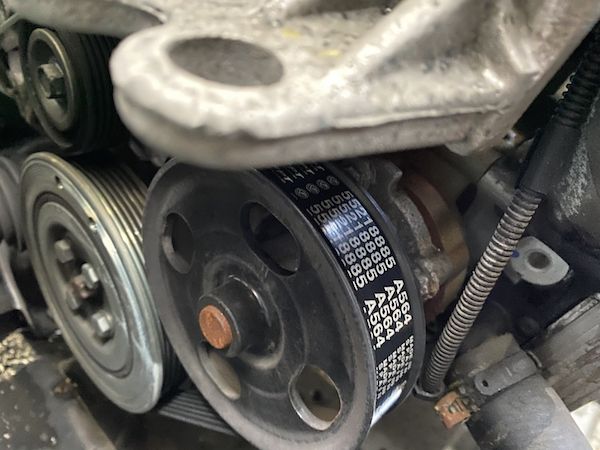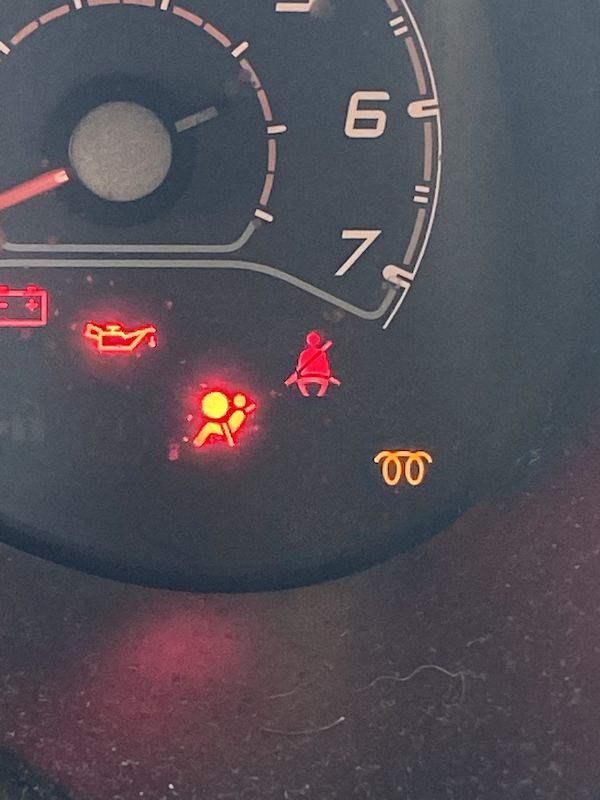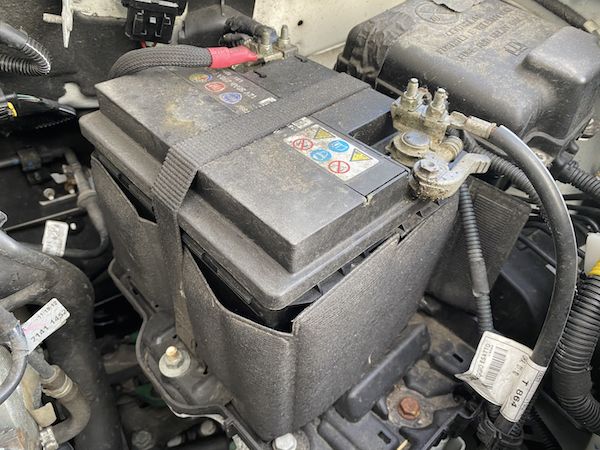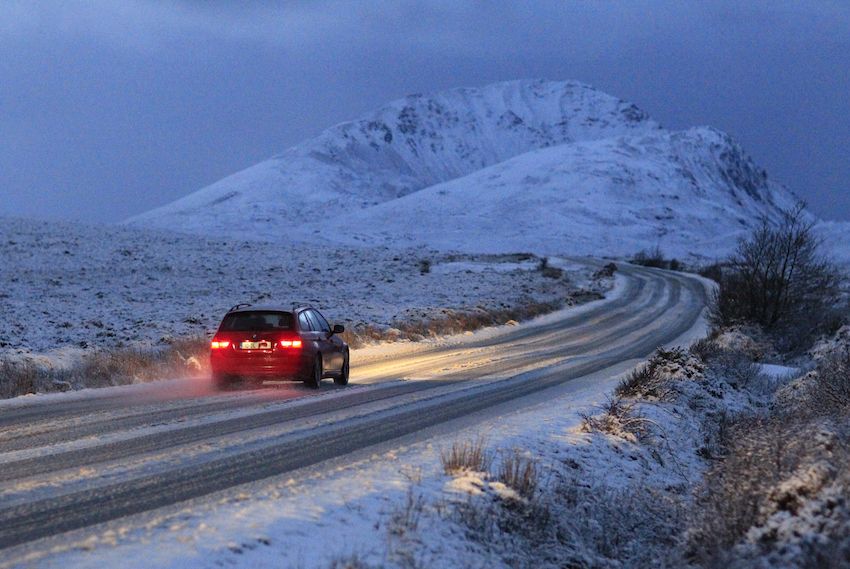Click…. Cli-ck….c-l-i-c-k….!
The international call sign from your car to tell you that the battery is flat.
Mind you we all have an international language of our own which includes a few special Cúpla focal thrown in to describe how we feel when this happens.
Most will only think about our car battery when it goes flat and chances are this is the month which is the most difficult time for a weak battery.
We are going to look at a few steps to try and preserve the limited amount of power that the battery in your car has onboard in these cold winter months after Christmas.
The life and performance of a car battery depends on a few factors. The first of these is its capacity to store power.
Most cars run very unnoticed these days with long service intervals’ and chances are most will never have to pop their bonnet other than to refill their window washer bottle. A car battery doesn’t have a memory to tell it to fail in January. It’s the other things around it that cause this problem…….

An belt driven alternator slightly hidden from view which keeps batteries charge up in car. Photo Brian McDaid.
Weather
On the run into Christmas we are all wishing for a bit of snow on Christmas Day to make our holiday season perfect. We even welcome a bit of frost but come January we’re not that impressed with snow and freezing nights. It’s the battery in your car that finds the going tough to supply power in these sub zero temperatures.
Supply
On the run up to Christmas we were flat to the mat getting organised, cursing traffic jams getting them all important things in for Christmas. All that running can be testing on the parts of a car but not if you’re the battery, evening with lights , heaters and phone charges all on full demand in a modern family car in constant use will supply more than enough power through its alternator for the demand and will be continuously topping up the battery as well.
Lockdown
If you consider the difference in before and after Christmas it’s now the poor old battery that is under pressure when a car sits doing nothing in these travel restrictions and it’s called on to start a car on a cold freezing morning to make an essential journey.
For the most part very few motorists will have to worry about this. Ireland has very few very cold spells and if we do, they don’t last too long and most batteries will survive this winter test.
Recharge now
We all know what to do when our phone flashes up that there’s 10% left on your battery message and we haven’t been told twice to go looking for a lead to top up the power in the phone. It’s not that easy and no message flashes up on your dash to tell you that your battery is lower than it should be in your car.
A telltale sign is to listen to the car when it is starting first thing in the morning, listen for the starter if it sounds a bit slower than normal. This is a good indication that the battery isn’t at full charge or it is not holding the charge.

Waiting of the orange light of the glow plug to go out before starting at diesel engine in cold weather. Photo Brian McDaid.
If you do manage to get the car started in these conditions you need to focus on getting power back into the battery. Make your necessary journey in day light so you don’t need to have the lights on, turn off climate or air conditioning when you get the windows clear.
With diesel cars waiting until the heater glow (yellow curley light) goes out in the dash before starting. This ss a massive benefit to a weak battery. If you do this back to front, as in just turn the key to start before the light goes out it could take up to four times longer to start (if you’re lucky) as your battery is asked to do two very power draining jobs at the one time of heating the diesel and turning over the engine.
Another idea for these winter months is to switch off the stop/start if it is possible so your engine is running continually in the limited journeys we might make in lockdown.
After trying these few things, listen in the morning on a cold start to see if the sound of the starter has improved which will mean that your efforts have benefited the recharging of the battery.
The week after Christmas I was parked outside a shop for about 20 to 30 minutes one evening and mistakenly left the sidelights on. When I arrived back and went to turn the ignition on and the starter gave that slow click-click sound.
Sitting there looking through the phone looking for someone to come the rescue I turned off the lights and finished my coffee. Not being able that make contact with anyone I thought I would give the starter one more turn, (as you do) before giving up.
I was surprised that I managed to get started on the first turn of the starter. I went for a spin in an effort to put as much power back into the battery that evening. The following morning I was expecting to have to jump start from the battery of another car, but gingerly switching on, waiting for the diesel glow plug to go out and then turning the key the engine fired up.
Since then I have defaulted to what cars were like to start years ago and everyone knew the routine, WAIT FOR THE GLOW PLUG LIGHT TO GO OUT !! And the life with a bit of care is now back in the battery.

A typical car battery which needs consideration in these times of lockdown to ensure that it is charged up and ready for use. Photo Brian Mc Daid.
My mode of transport is five year old and has nearly 100,000 km on the clock, with around 5,000 km covered in 2020 with the lockdown. In my view the low mileage of 2020 has put more pressure on a typical five year old battery like mine that the first 94,000 km did on the road every day.
With a bit of care and a move out of these winter months and out of lockdown, I will be hoping to get another year out of my battery in these times.
If you have any worries about the battery, now is the time to get them checked out, do not wait for that dreaded Click, C-L-I-C-K !!
Happy motoring folks
Tags:







